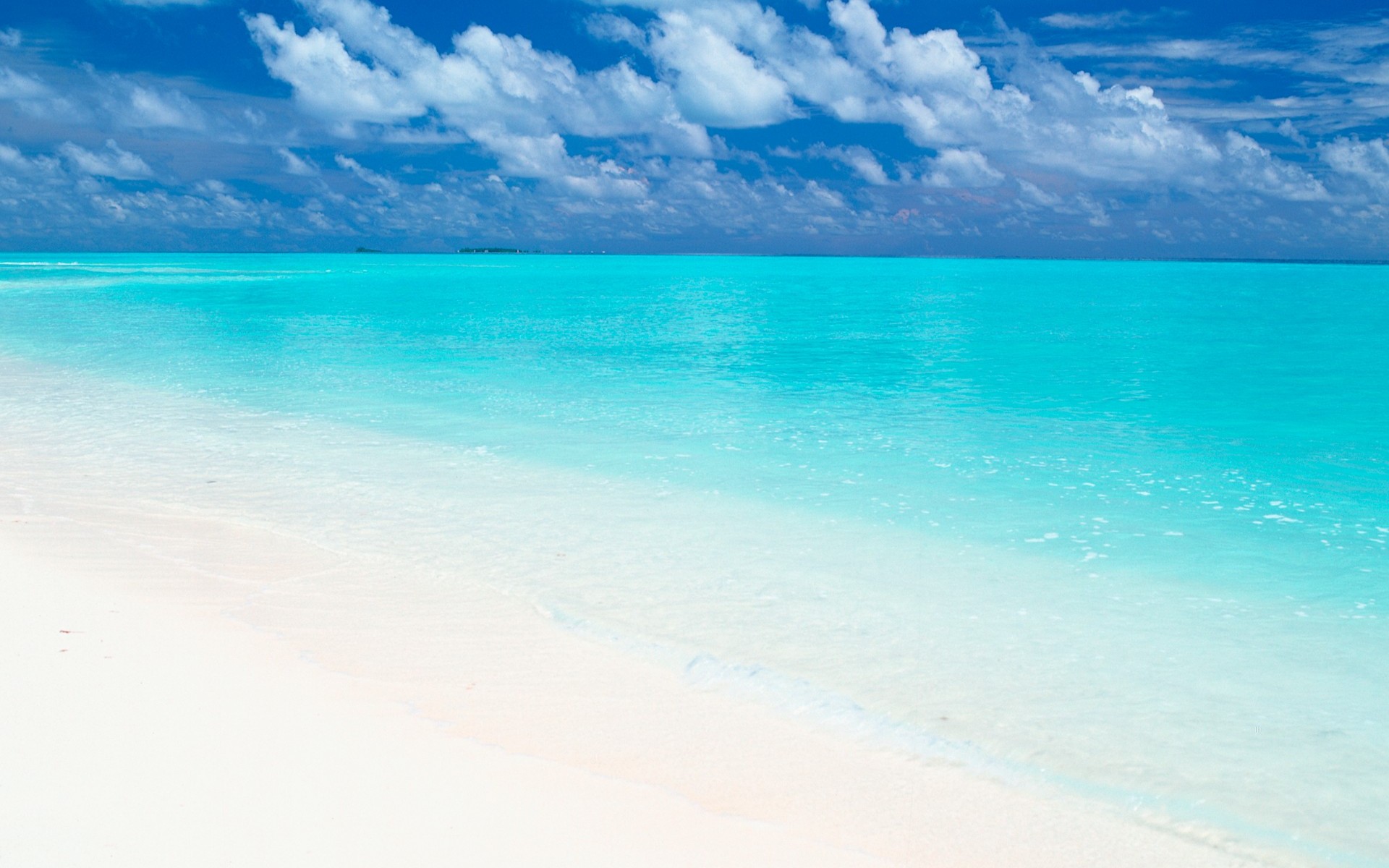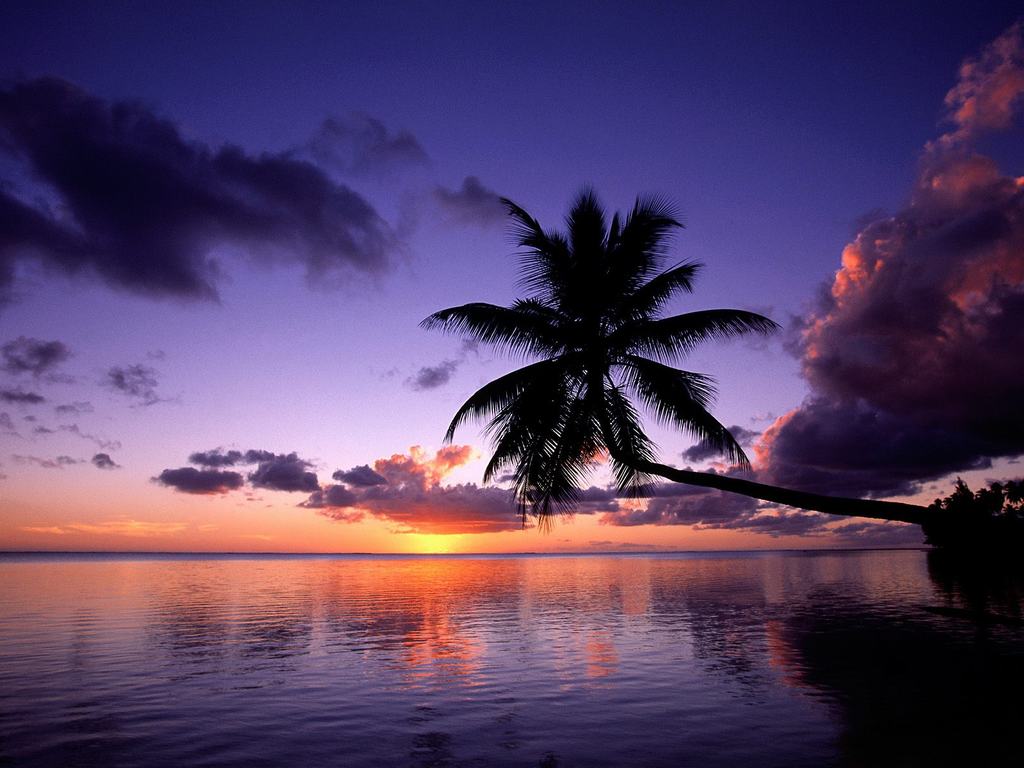

The structure, which had fallen into disuse by the time the Life-Saving Service became the U.S. Its purpose was to provide food, water, and a return to civilization for people who were shipwrecked.

The first structure to be built on this uninhabited oceanfront was the Biscayne House of Refuge, constructed in 1876 by the United States Life-Saving Service through an executive order issued by President Ulysses S. In 1870, father and son Henry and Charles Lum purchased land on Miami Beach for 75 cents an acre. The movement to preserve the Art Deco District's architectural heritage was led by former interior designer Barbara Baer Capitman, who now has a street in the District named in her honor. The Historic District is bounded by the Atlantic Ocean on the East, Lenox Court on the West, 6th Street on the South and Dade Boulevard along the Collins Canal to the North. Mediterranean, Streamline Moderne and Art Deco are all represented in the District. The Art Deco District is the largest collection of Art Deco architecture in the world and comprises hundreds of hotels, apartments and other structures erected between 19.

In 1979, Miami Beach's Art Deco Historic District was listed on the National Register of Historic Places. It has been one of America's pre-eminent beach resorts since the early 20th century. Miami Beach's population is 82,890 according to the 2020 census. The neighborhood of South Beach, comprising the southernmost 2.5 sq mi (6.5 km 2) of Miami Beach, along with Downtown Miami and the PortMiami, collectively form the commercial center of South Florida. The municipality is located on natural and human-made barrier islands between the Atlantic Ocean and Biscayne Bay, the latter of which separates the Beach from the mainland city of Miami. It is part of the Miami metropolitan area of South Florida. Miami Beach is a coastal resort city in Miami-Dade County, Florida, United States.


 0 kommentar(er)
0 kommentar(er)
